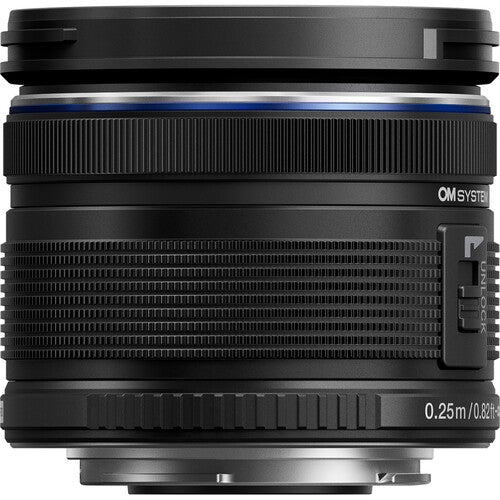What we think...
Product Description
OM SYSTEM M.Zuiko Digital ED 9-18mm f/4-5.6 II Lens
- Micro Four Thirds System | f/4-5.6
- 18-36mm (Full-Frame Equivalent)
- Movie & Still Compatible AF System
- Compact & Lightweight
A typical super-wide-angle lens tends to be big, heavy, and expensive, making it difficult for most camera users to take advantage of them. The M.Zuiko Digital ED 9-18mm F4.0-5.6 II promises to change all this. With its ultra compact and lightweight design and the outstanding portability, thanks to the DSA (Dual Super Aspherical) lens, available only with the Four Thirds System, this lens will make super-wide-angle photography friendlier and more affordable. Despite its compact size — it’s just 49.5mm long and weighs a mere 155 grams — this lens boasts a long focusing range equivalent to 18-36 mm on a 35-mm camera lens.

Zoom Alternative
This lens is a great alternative to previous Ultra wide-angle zoom lens designs that have traditionally been very heavy…and very expensive.

Flexibility
The combination of two Dual Sided Aspherical, lenses, and aspherical, ED and HR glass helps minimize distortion and aberration.

Special Lens Hood
If you’re expecting to be doing a lot of outdoor shooting in bright conditions, the hood will really help prevent strong side or stray light from causing unwanted ghosting aberration.

Movie & Still Compatible
(MSC) autofocus system benefits both photo and video applications due to its smooth, quiet, and fast performance
ED lens
One ED lens element suppresses colour fringing and chromatic aberrations for greater clarity and colour accuracy.























